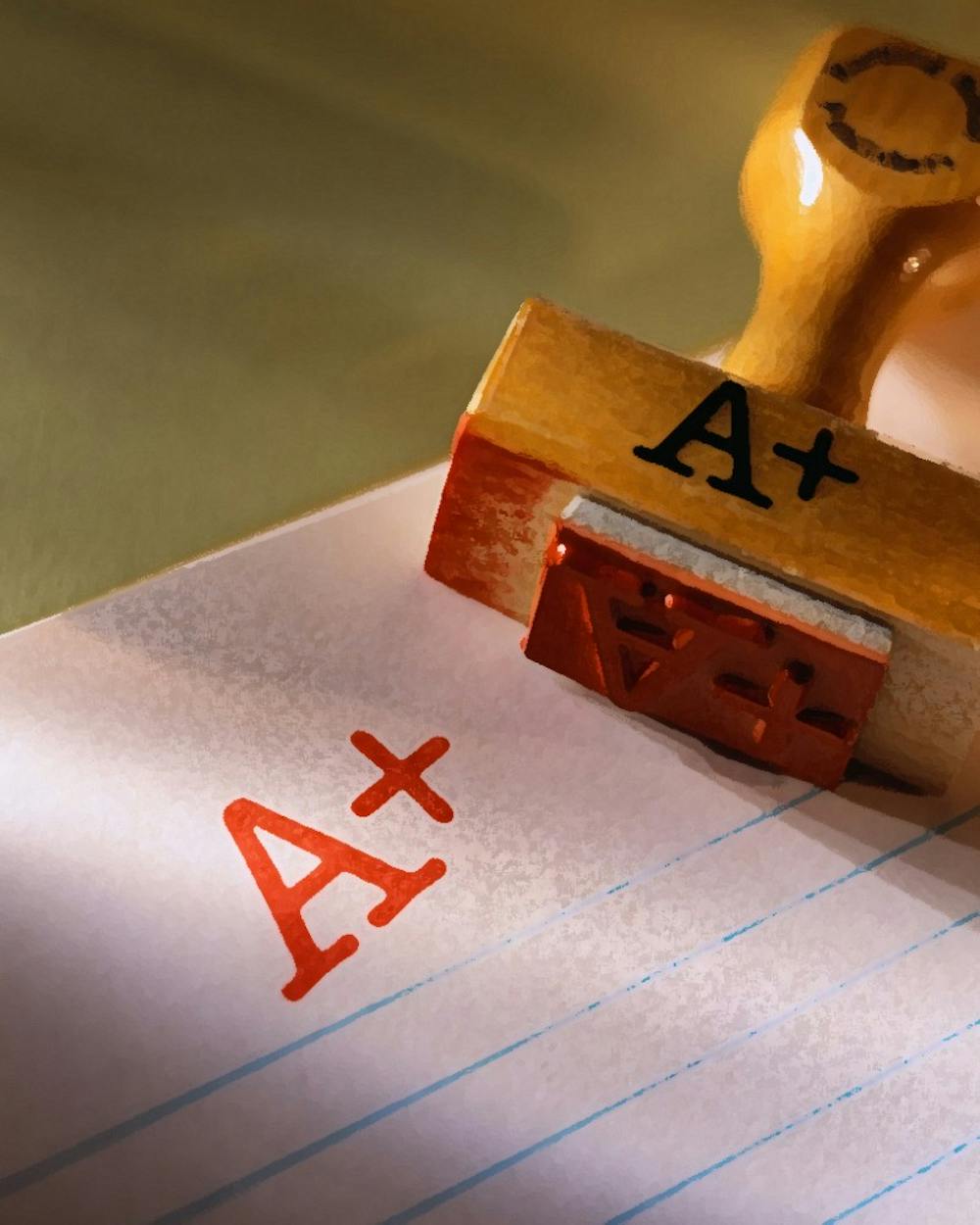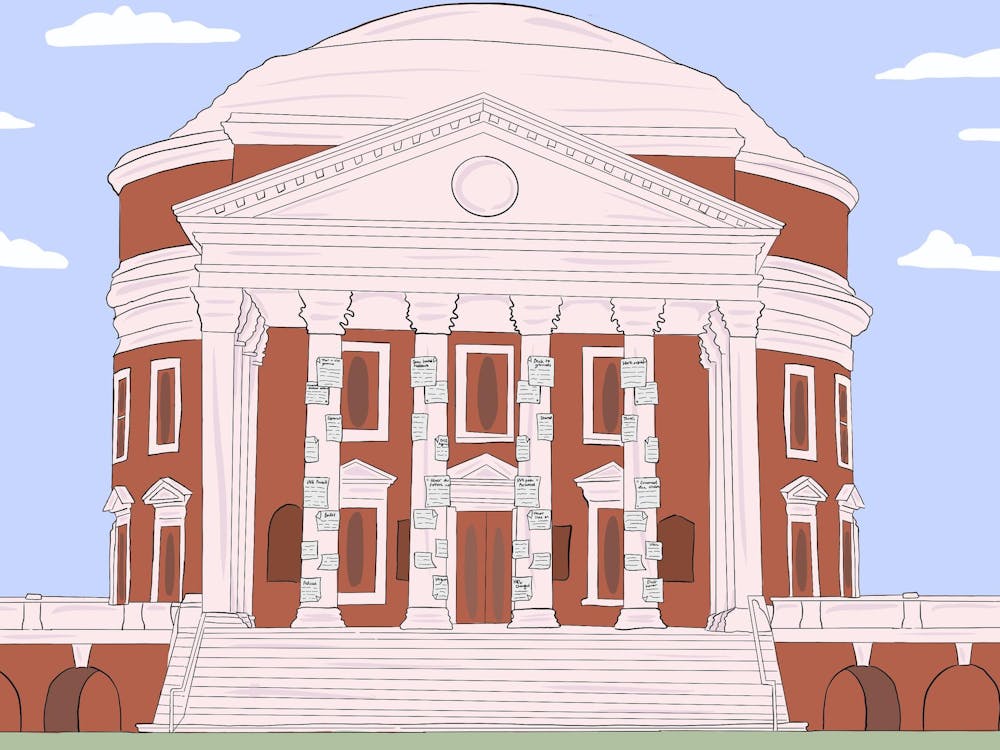Post-test anxiety is strong — students eagerly reload their gradebook on Collab as others discuss test answers. Some openly declare, “I failed that test,” only to be comforted by their friends who remind them “to have faith in the curve.” In recent years, curved grading has become the norm at colleges and universities across the nation. For most students at the University who aim for an “A” grade, curved grading is a safety net. Even if they do not perform up to the typical standard of an “A,” grading on the curve provides students with the reassurance that they can still attain it. Furthermore, grading on the curve can reduce the incentive to study and result in grade inflation. This reliance on the curve is not unique to the University, and is endemic to other schools across the nation.
Since 1992, the mean cumulative GPA among graduating fourth years at the University has risen 0.24 points, from a 3.13 in 1992 to a 3.37 in 2017. Grade inflation is one of the many factors which has contributed to this increase in GPA. Many professors at the University grade on a curve — whether they choose to curve the final grades of the class or curve on an exam-by-exam basis. Additionally, some professors decide to make it known to the class, either on the syllabus or prior to the first exam, their grading policy — while other professors choose to wait until after the exam or the end of the course to curve. Regardless of the individual professor’s policy towards curving, students at the University rely heavily on the curve, often studying less for an exam that they know will be curved. A study by Pradeep Dubey and John Geanakoplos demonstrated this disincentive to study associated with curved grading. Students were more motivated to study when receiving absolute grades then when graded on a curve. This effect is directly in play at the University — students, when provided with the security blanket of a curve, study less.
While grades are not all that measure performance at the University, they certainly constitute a large part of it. GPA is especially salient for those students who plan to apply to distinguished major programs, special schools within the University and graduate programs. Many students who plan to follow these major and career paths do extensive research on Lou’s List, theCourseForum and Rate My Professors in order to enroll in classes with high mean GPAs. Seeing a mean GPA below a 3.0 for a course on one of these websites serves as a deterrent as many students will not risk taking a class where an “A,” or a “B,” is not guaranteed for a majority of students.
This trend of curved grading is not unique to the University — it is practiced in schools across the nation. In an analysis of 200 colleges and universities in the United States, it was found that “A’s” constitute over 40 percent of all letter grades. Many argue that this increase in “A’s” can be attributed to a rise in the general intelligence of the average college student. However, this is not the case. Since 1986, the mean SAT reading and mathematics scores have remained relatively constant. Others attribute the rise in mean GPA to the increasingly competitive admission standards at many top universities and colleges in the United States. At the University, the number of applicants has increased significantly over the past 25 years, with over 32,000 applicants for the Class of 2020. With this rise in applicants, the University has increased the number of admissions offers. 9,668 students were offered admission to the University in 2016 — a 30 percent overall acceptance rate, roughly the same as 1992. So while the number of applicants has increased, the number of admissions offers has increased proportionately over time. This data indicates that while the University has seen an increase in the number of qualified applicants, the intellect of the accepted students still remains relatively unchanged. Therefore, the 0.24 rise in GPA since 1992 at the University is likelier attributed to an increase in grading on the curve.
University students, 88 percent of whom graduated in the top 10 percent of their high school class, are intelligent individuals who are capable of earning “A’s” without the safety net of a curve. Curved grading provides momentary relief for students, but in the long run it fosters a disincentive to study and encourages unreasonable performance expectations. As harmful as curved grading can be, there is no proven method to combat it, as demonstrated by Princeton's failed grade deflation policy — which caused undue stress for students and lower professor ratings. While grade inflation at the University is not as severe as many other elite universities, it nevertheless is a serious problem. So long as professors insist on the curve, students will be provided with a disincentive to study and GPAs will continue to rise. Furthermore, curved grading ushers in a larger debate over the importance of grades as the sole marks of academic success.
Mary Alice Kukoski is a Viewpoint writer for The Cavalier Daily. She can be reached at opinion@cavalierdaily.com.







